October 7: Trials of Zion, Memories of Diaspora
The October 7, 2023, Hamas massacre left Israeli society reeling in ways with which it has yet to come to grips. The Israeli television sketch comedy Ha-Yehudim Ba’im (The Jews Are Coming) recently featured a heartrending skit in which characters from Tisha b’Av 70 CE through the 1903 Kishinev pogrom to Simchat Torah 2023 described the violent attacks they endured, one character’s account blending into the next. It powerfully expressed the widespread sense that the “Black Sabbath” of October 7 was just the latest manifestation of antisemitic violence dating back millennia.

The October 7 attack has repeatedly been called a “pogrom,” a term originally describing an episode of mob violence against Jews in the Russian Empire that has come into wider usage to refer to anti-Jewish riots throughout the diaspora (all of the post–Second Temple scenes in the skit save one—the Hebron attack of 1929—happened outside of Israel). There are certainly characteristics of the Hamas massacre that bear comparison to pogroms, including the one in Kishinev, which also featured indiscriminate mob violence, murder, and rape, though rarely at anywhere near the same scale. However, despite the common belief to the contrary then and ever since, pogroms were not organized or perpetrated by Russian authorities. Nor were they the product of careful strategic planning, as the Hamas massacre clearly was.
It has often been pointed out over the last year that more Jews were murdered on October 7, 2023, than on any day since the Holocaust. Moreover, the attack certainly bears comparison to aspects of the Holocaust, including mass shootings carried out by the Nazi Einsatzgruppen (paramilitary death squads) and the sadistic attacks of some Christian Poles on their Jewish neighbors, which involved mob violence, the hunting of people in their own homes, rape as a weapon, and the merciless killing of children. Christopher Browning’s and Patrick Desbois’s documentation of the “Holocaust by bullets” and research by Jan Gross, Jan Grabowski, and others on the wartime actions of Polish civilians has shown that the attempt to exterminate the Jews during World War II often unfolded in highly personal and brutal ways, closer in some respects to the experience of October 7 than the now common image of the Holocaust as a mechanized, bureaucratic process.
But ultimately, the differences outweigh the similarities. However extreme its violence, October 7 was a carefully planned invasion of a sovereign state, not an attack on a minority population. It was much less spontaneous than a pogrom, but it was also not part of a systematic program of total extermination. And although its scale was much larger than the vast majority of pogroms, it was, thankfully, much smaller than the Holocaust. So why have these terms and experiences of diaspora Jewish history been invoked so often over the last year?
It is, of course, a natural human instinct to try to make sense of horrifying and disorienting events by putting them into some known historical context, as the creators of Ha-Yehudim Ba’im and others have done. It is also a legitimate tool in the scholar’s toolbox—though one that must be used with caution. But it is telling that the contexts chosen for a massacre in Israel have so often been drawn from Jewish history in the diaspora.
Jews in British Mandatory Palestine experienced episodes of intense violence, and not only in the attack in Hebron. These episodes included the Arab Revolt of 1936–1939 and the War of Independence in 1948, in which the nascent State of Israel battled five invading Arab armies bent on its destruction, not to speak of Palestinian terror attacks from cross-border incursions from Gaza in the 1950s to the two Intifadas. Comparisons have also inevitably been made to the Yom Kippur War, a surprise invasion on a religious holiday almost exactly half a century earlier that highlighted the failures of Israeli leadership and led to a similar sense of shock. These episodes from Israeli history all offer partial parallels to the Hamas massacre, making the prevalence of analogies drawn from the diaspora that much more notable.
The instinctive return to diaspora history, I think, reflects the profound trauma of October 7, which was not only a matter of scale. It was born in large part of the belief among both Israeli and diaspora Jews that such things could not and should not happen in Israel. The Jewish homeland was created in large part precisely to preclude the kind of terrifying violence that left civilians defenseless for hours and days.
The fact that Israelis experienced such horrors meant that October 7 was not just a security failure; it shattered a fundamental promise of Zionism. The Hebrew University historian Moshe Zimmermann recently put this starkly:
The moment a pogrom against Jews takes place in the Jewish state, the Zionist state, both the state and Zionism are testifying to their own failure. Because the idea underlying the establishment of a Zionist state was to prevent a situation like that in which Jews in the Diaspora find themselves.
After October 7, Israelis—from the comedians of Ha-Yehudim Ba’im to Professor Zimmermann—turned to the history of the diaspora in its most violent, tragic moments, because all of a sudden it felt like the diaspora.
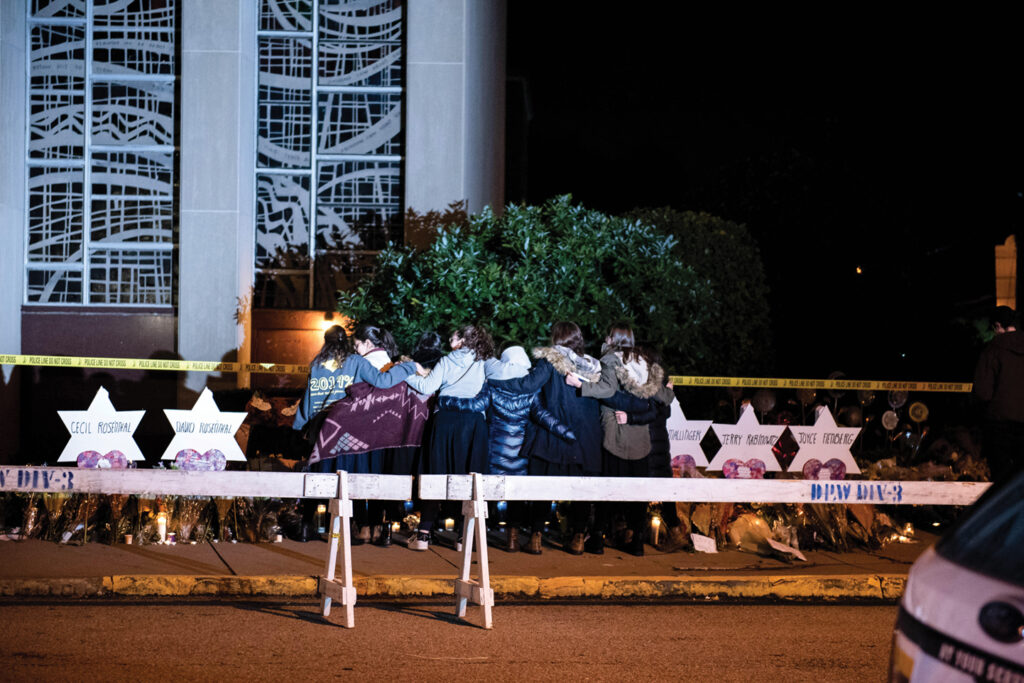
Five years before the Hamas attack, on October 27, 2018, eleven Jews attending Shabbat morning services at the Tree of Life synagogue in Pittsburgh were murdered by a far-right extremist. It was the deadliest antisemitic attack in American history. The scale of the two October tragedies is in no way commensurate: Israelis lost more than one hundred times as many of their fellow citizens. But the Tree of Life killings also called fundamental assumptions about Jewish history into question. Historians of American Jewry had long maintained that “America is different”—antisemitism is not endemic to the United States, so it “can’t happen here.” But in the aftermath of the Pittsburgh tragedy, armed security guards at synagogues, day schools, and Jewish Community Centers have become an accepted feature of American Jewish life. Nonetheless, the sense of palpable fear in the wake of the Pittsburgh shooting faded. In part this is because the antisemitism of the Tree of Life shooter was rooted in ultraconservative white supremacist conspiracy theories, and most American Jews, who are overwhelmingly urban and liberal, have little direct contact with fellow citizens who believe such things.
The post–October 7 wave of left-wing virulently anti-Israel activism, often verging into antisemitism, has been very different. As the Hebrew University historian Eli Lederhendler has noted, American Jews had now also been attacked on their home turf—the Democratic Party and the university campus. The question of American exceptionalism has been raised once again, now from the left. It is perhaps here that the history of the diaspora, and pogroms in particular, does offer an instructive parallel.
The pogroms of 1881–1882 in the Russian Empire constituted the most sustained wave of anti-Jewish riots in the modern period up to that time. Their horrors partly inspired both mass immigration to America and the Zionist movement. Yet their importance as a turning point in Jewish history and their relevance to the Hamas massacre lie less in the violence itself than in the reaction of Russian society. The right-wing press cited Jewish exploitation as the root cause of the disturbances, and the government showed more enthusiasm for prosecuting members of Jewish self-defense groups than the pogrom instigators.
These reactions were, sadly, unsurprising; what was truly demoralizing was the response of the more radical elements in Russian society, whom Jews had considered to be beyond antisemitic canards and sympathetic to their plight. Most of the intelligentsia remained silent, while much of the left endorsed the pogroms as a healthy expression of grassroots anger at an oppressive system. The leaders of the revolutionary socialist movement Narodnaya Volya (People’s Will) addressed “the peasants who rise up in Elizavetgrad, Kiev, Smela [sites of pogroms] to free themselves from their enemies”:
You have begun to rebel against the Jews. You have done well. . . . We have no right to react with indifference, still less with hostility, to a true popular movement.
This betrayal by the left has clear echoes today, as liberal and progressive Jews find many of their erstwhile political allies condoning violence against their Israeli counterparts and minimizing evidence of antisemitism in the United States. The first response to the Hamas massacre issued by the Democratic Socialists of America, the largest socialist organization in the United States, proclaimed “our solidarity with Palestine. Today’s events are a direct result of Israel’s apartheid regime. . . . End the Occupation. Free Palestine.”
Yifat Bitton, president of Achva Academic College in Southern Israel, a law professor, and an advocate for women’s rights, has spoken of the “deafening silence” she encountered from activists abroad who work on issues of sexual assault: “Unwillingness to listen to Israeli women victims because they are on the occupying side is simplistic and shocking. . . . This is a progressive argument that is completely regressive.” Such left-wing antisemitism has forced many American Jews, the great majority of whom identify as liberal, to confront hatred in a much more direct way, often among ostensibly close friends and colleagues.
Certainly, this is not an entirely new phenomenon. Following Israel’s victory in the Six-Day War in 1967 and the occupation of the West Bank and Gaza, the New Left became increasingly critical of Israel, some supporting the use of terror in the name of the Palestinian cause. Yet its unanimity and obsessive focus on Israel are recent, as are the extremity of its positions: even Noam Chomsky, an intellectual icon of the New Left, is now criticized for failing to unequivocally support the BDS Movement and the so-called one-state solution.
American Jewish voters may someday find themselves in the predicament of their British and French counterparts, who in recent elections faced a choice among major parties, each of which was tainted by antisemitism to some significant degree. In this scenario, October 7 may not only have made Israelis identify with the European Jewish diaspora; it may make American Jews do so as well.
Looking for historical analogies in times of crisis is inevitable, yet if many of them fall short, it may be a sign that we are truly now in uncharted territory. Basic assumptions about the modern Jewish experience have been called into question, both the Zionist belief in the security offered by political sovereignty in Israel and the diasporic belief in bedrock American tolerance.
A year after the Hamas massacre and the ensuing war, we may be standing at an inflection point whose significance we cannot yet grasp.
Comments
You must log in to comment Log In
Suggested Reading
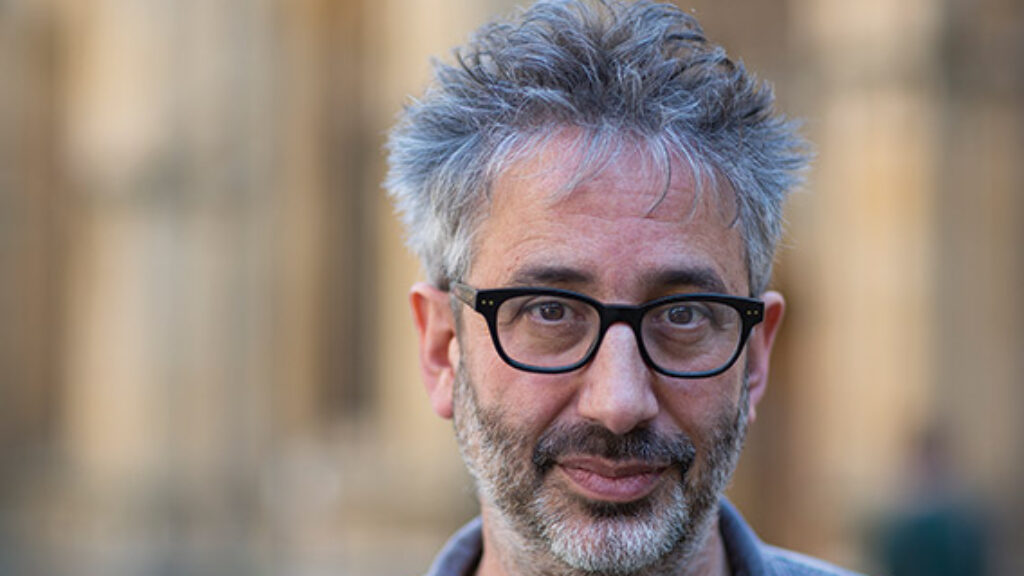
Do Jews Count?
I would never have said this ten years ago, or even five years ago, but there apparently comes a time in the lives of those who write about Jewish identity when they have to decide whether to write about . . . it.
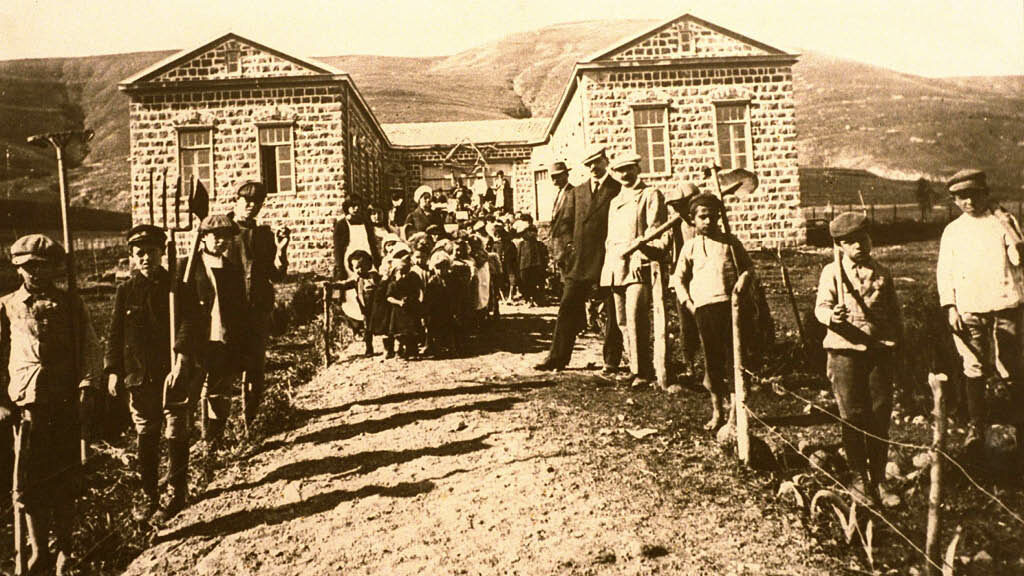
Lovers (and Haters) of Zion
A new history of Zionism tells the tale through the towering emotions of its proponents and adversaries.
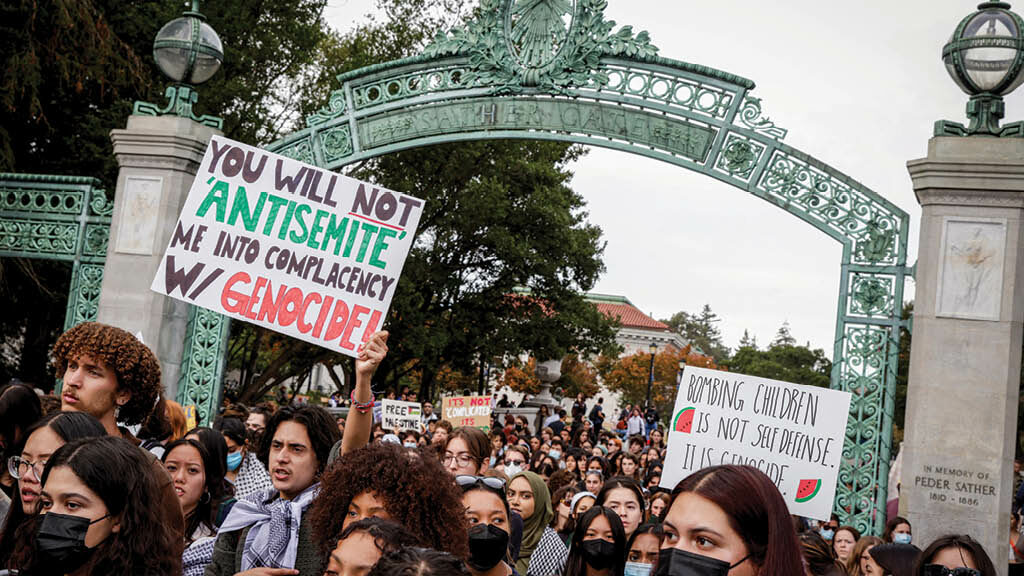
Anti-Israelism
It's a new prejudice, not just the old story in a new guise.
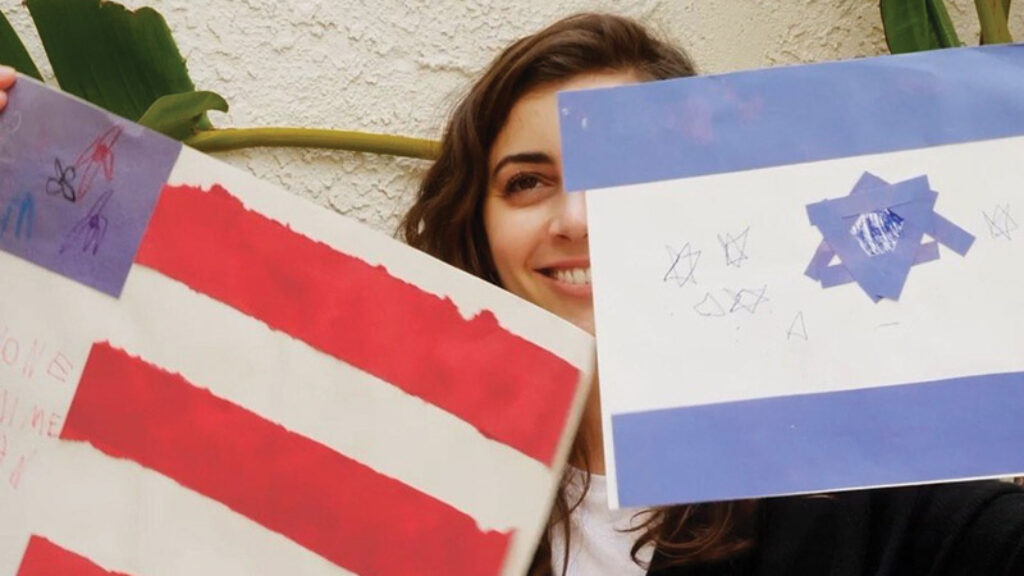
Enlightenment and Conspiracy
What is surprising about the new anti-Zionist documentary Israelism, is not its historical distortions or its polemical tricks but the spiritual myth it constructs of its protagonists’ journey to enlightenment.
David Z
Really thought provoking, especially the 19th century Russian analogy. But as to American Jews, we already do have two parties tainted by antisemitism. Although the Democrats are worse, with Tucker Carlson and Marjorie Taylor Greene, the Trump Republicans are trying to compete. Trump himself has it in him, though his Jewish family and his influencers seem to keep him in check for now. What's confounding is that this is happening with prominent Jews in both parties as they both seem to court the antisemitic vote...
D
It's happening in other Western countries as well, most strikingly in France. Right now, people like Carlson and Greene have no influence on policy or law. But it is highly disturbing to watch the Trump-ified Republican Party post-2016 turn into a home for such people.